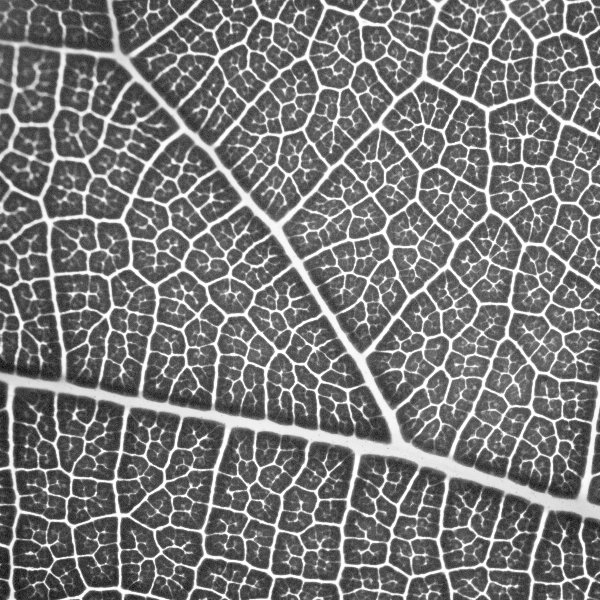Plant Physics
Propagation of embolisms in tree leaves
This work is part of the PhySap project, born of a collaboration between InPhyNi (Nice), LiPhy (Grenoble) and PIAF (Clermont-Ferrand).
Why does sap ascend inside trees?
To replace water lost through the leaves.
Evapotranspiration enables plants to draw from the soil
the water and the nutrients they need to thrive.
In drought times, water contained inside xylem
– the porous tissue in which sap ascends –
may experience tension enough to undergo cavitation.
Bubbles – embolisms – appear in the vessels and prevent
the good passage of sap.
Should drought last too long, tissues downstream from the embolisms
would wither and the plant may eventually die.
It is therefore important to study the appearance of embolisms
in species of interest in order to predict their resistance to
drought.
My work consists in observing the spreading of such embolisms within
tree leaves.
Since the leaf is embolized in fits and starts,
the goal is to characterize the dynamics of each burst,
at very short time scales (tenths of milliseconds).
Of course, it is expected that such dynamics differ
between species, vein size, etc.
